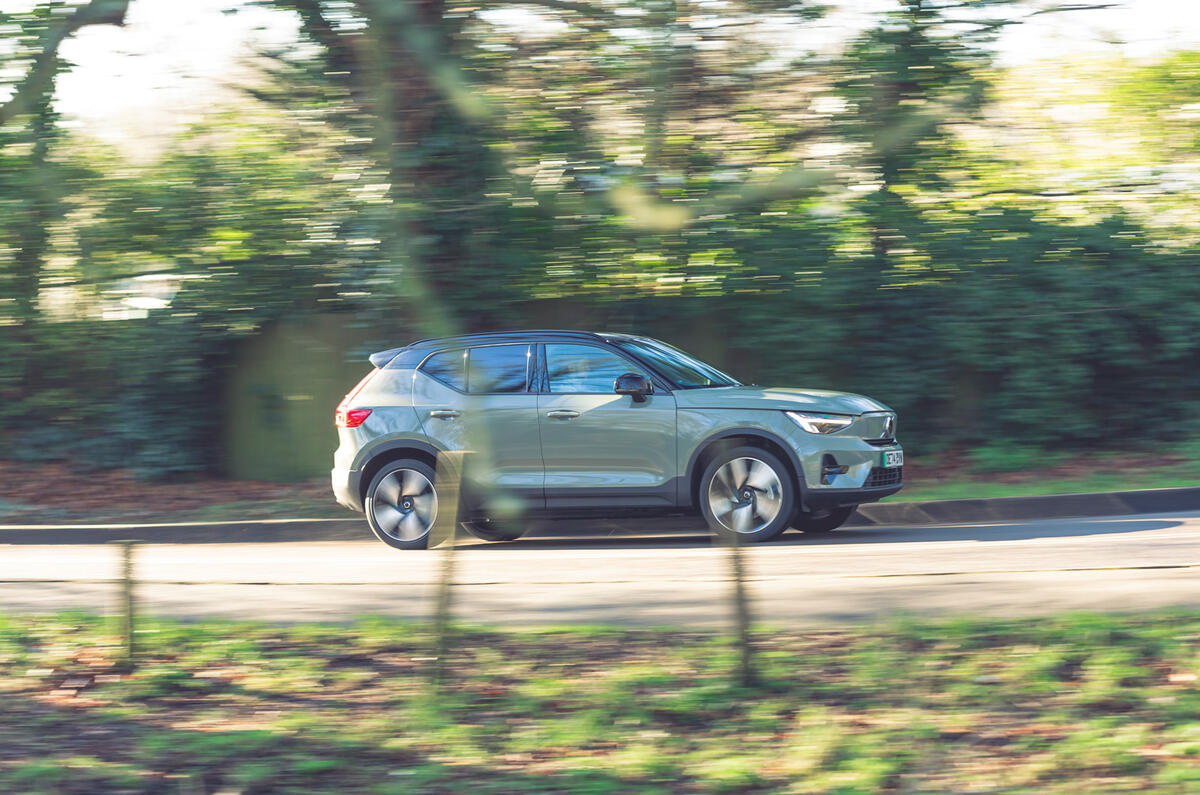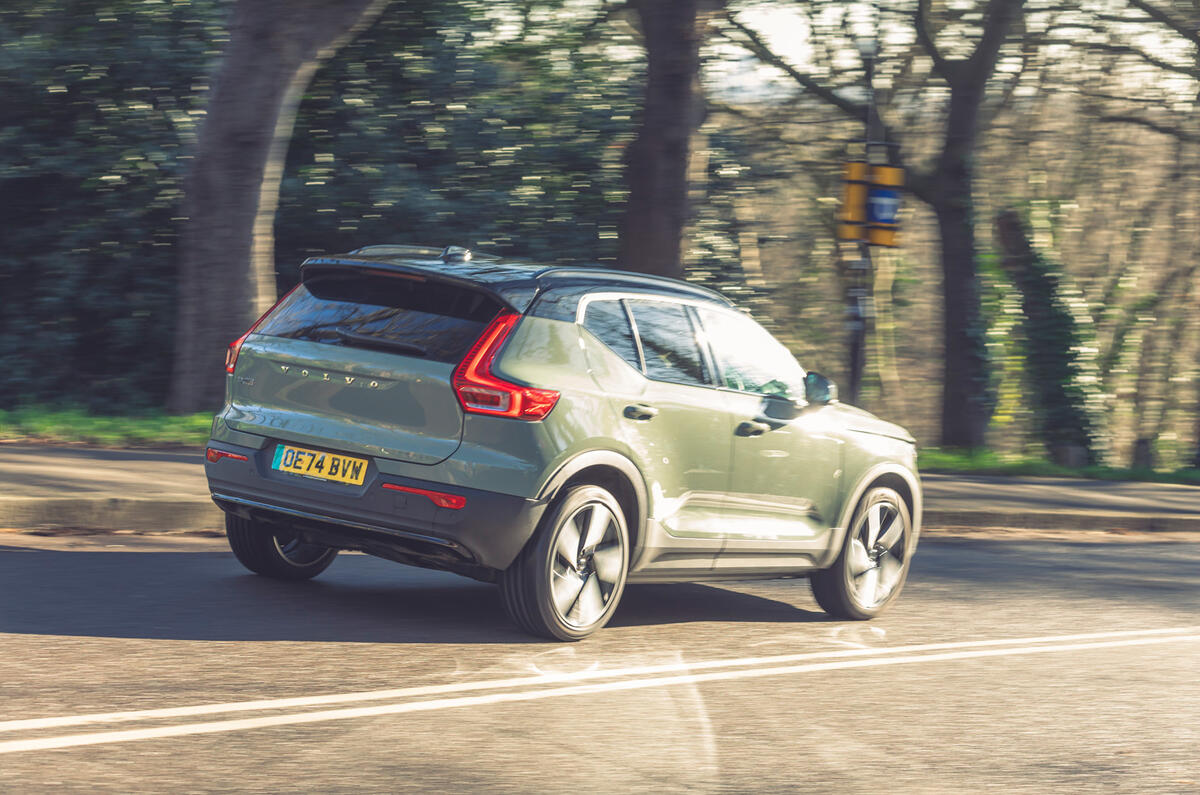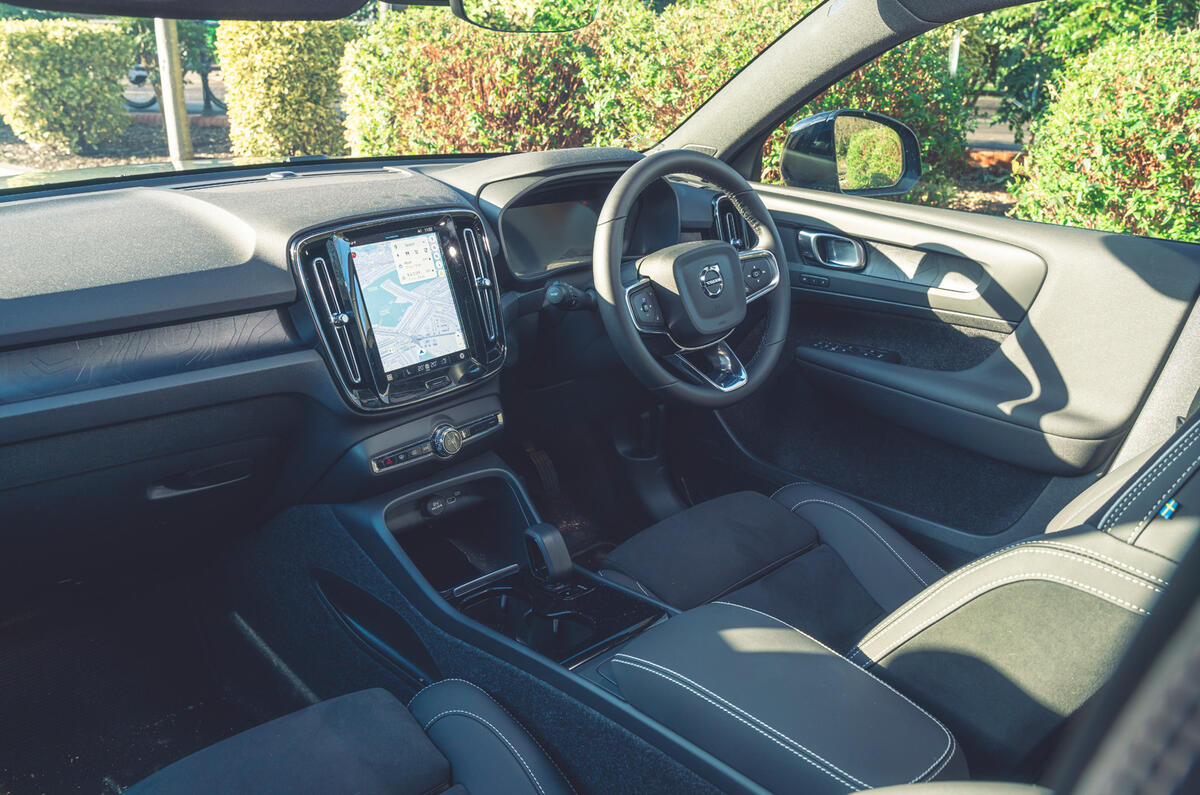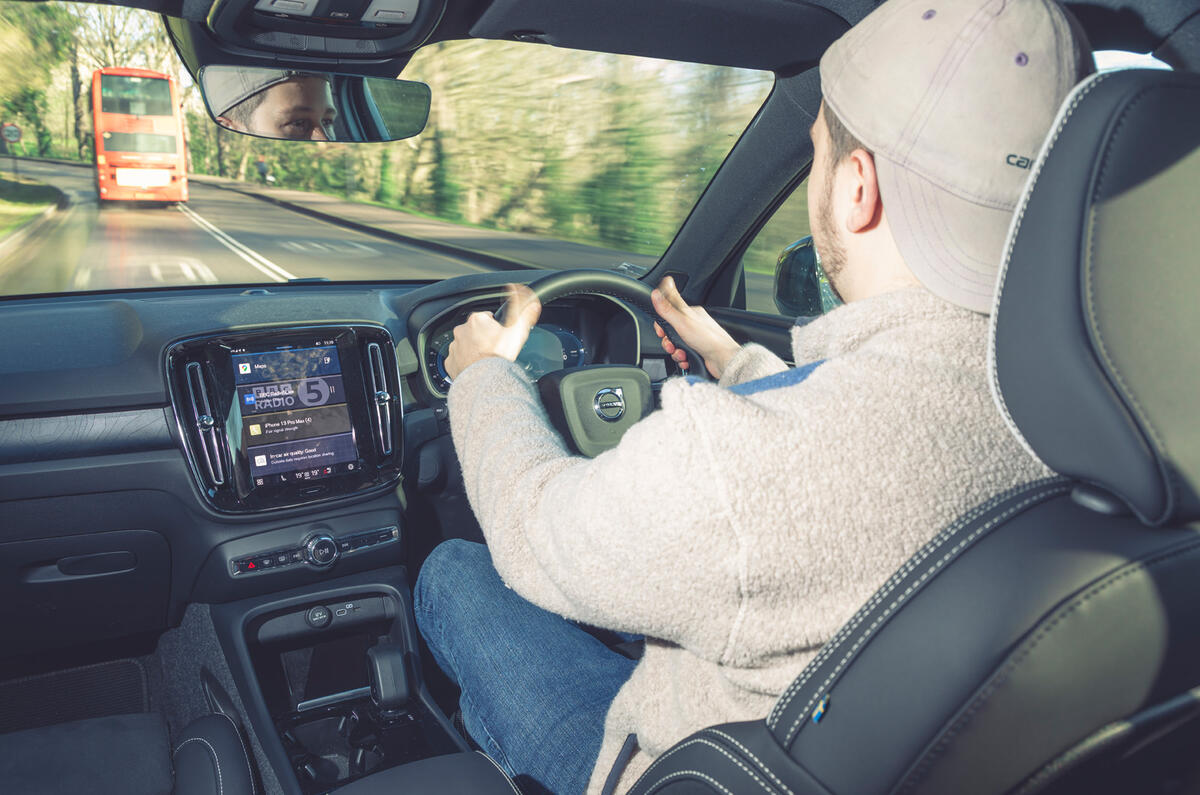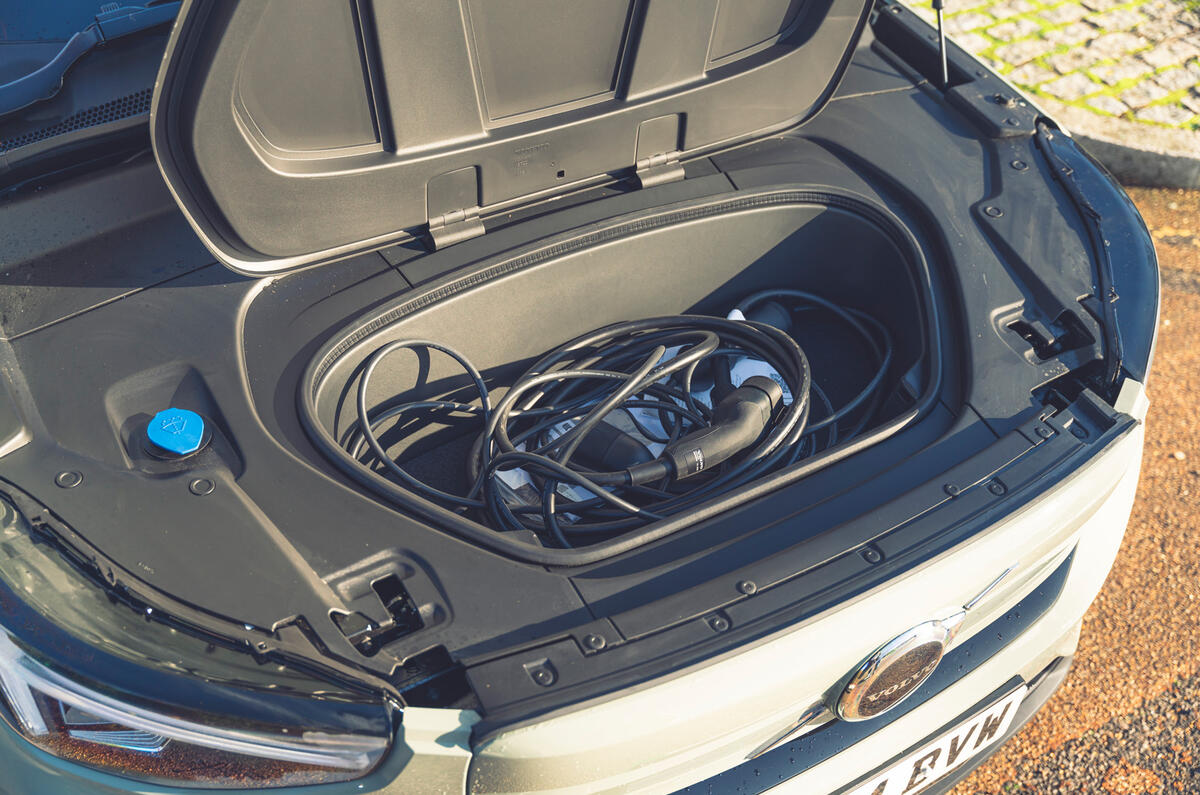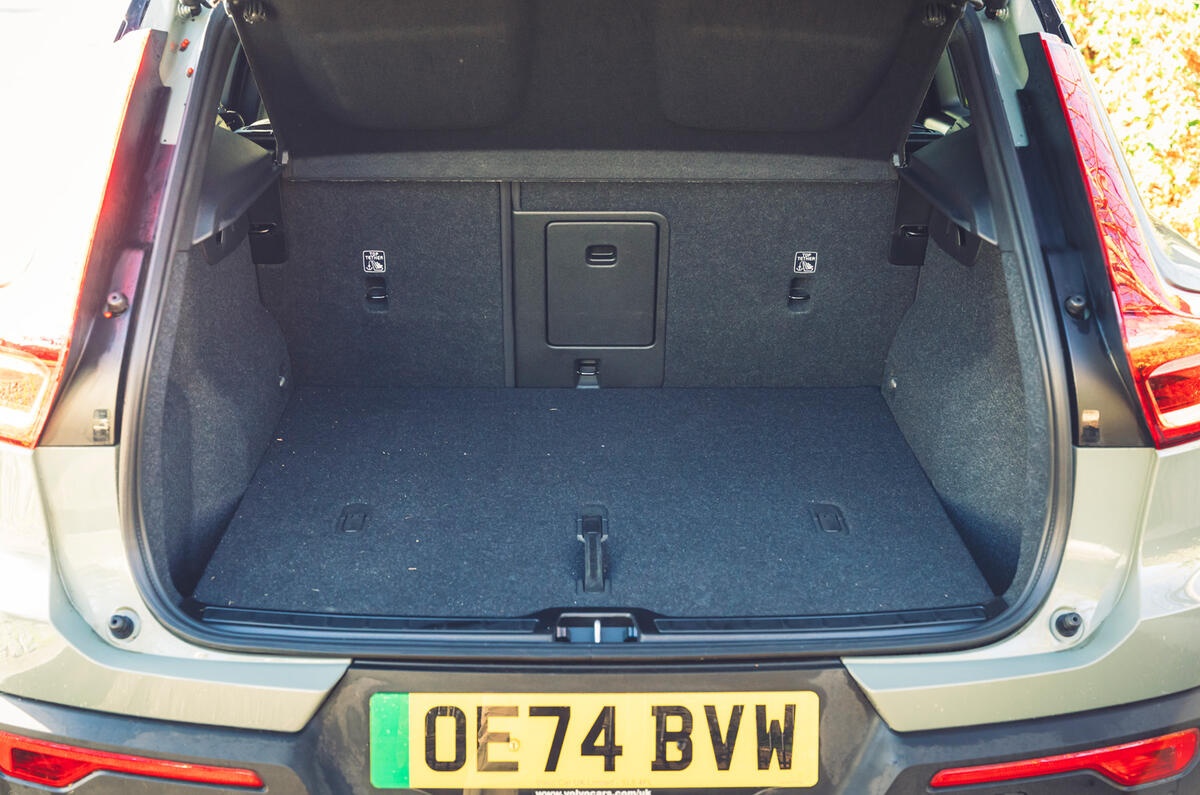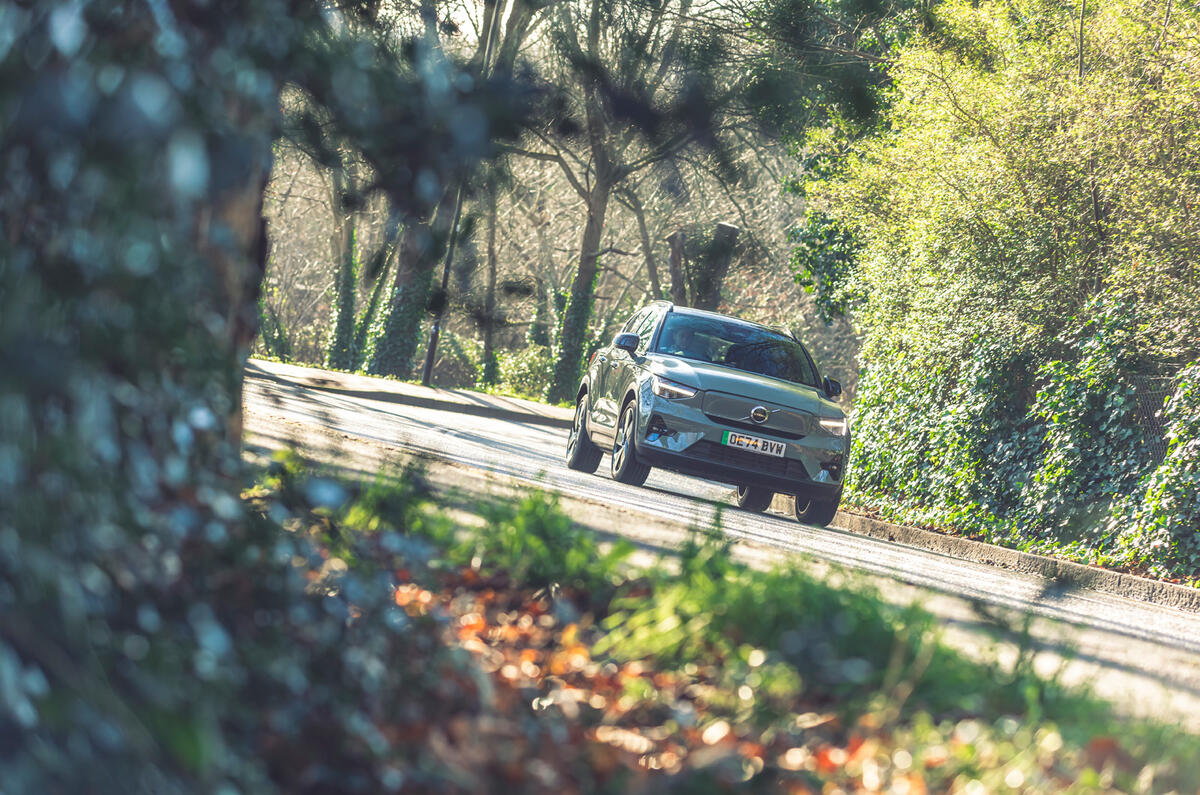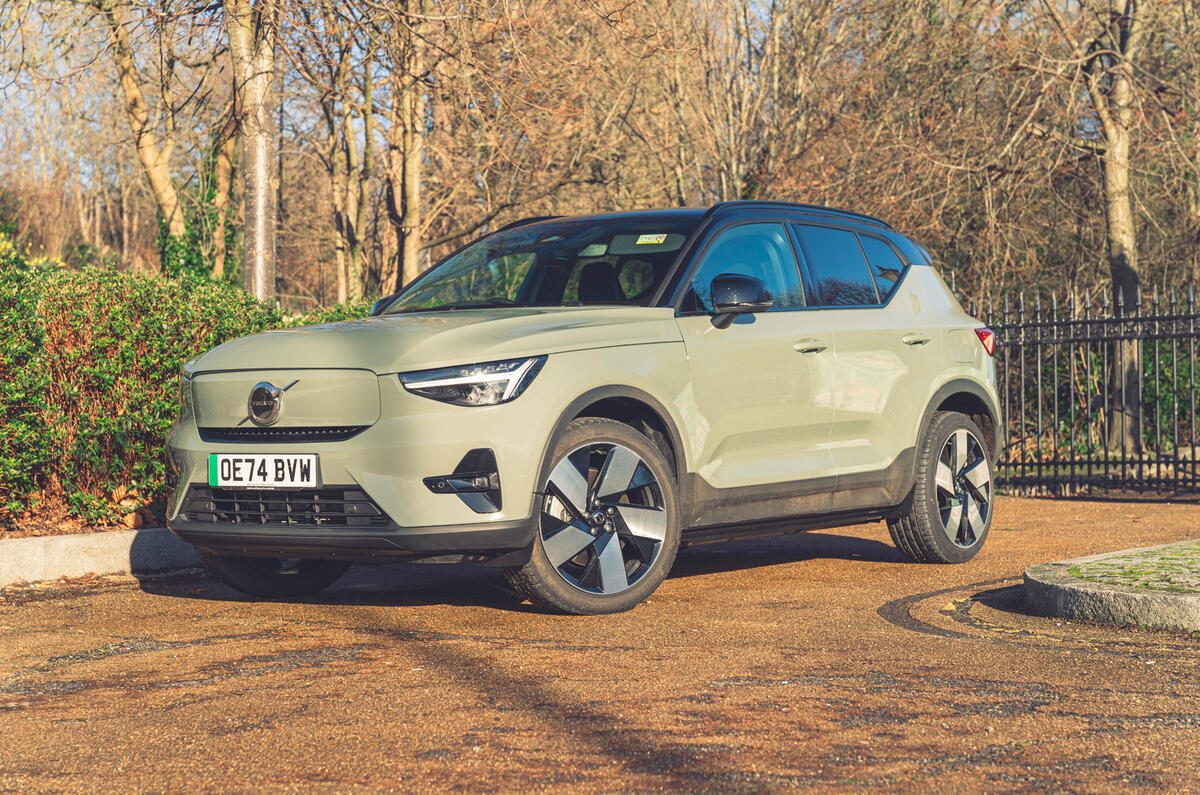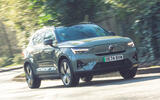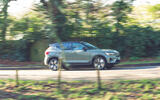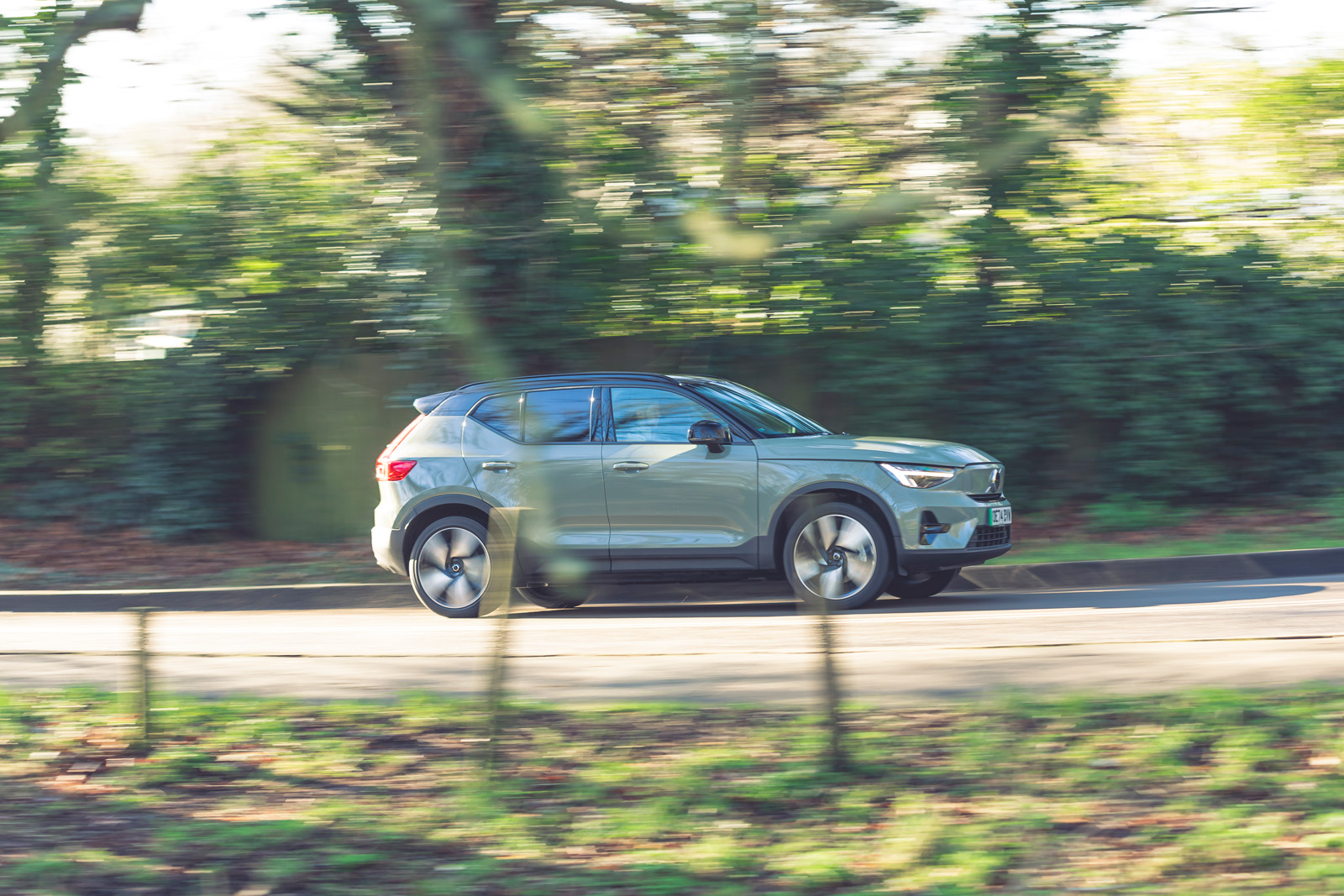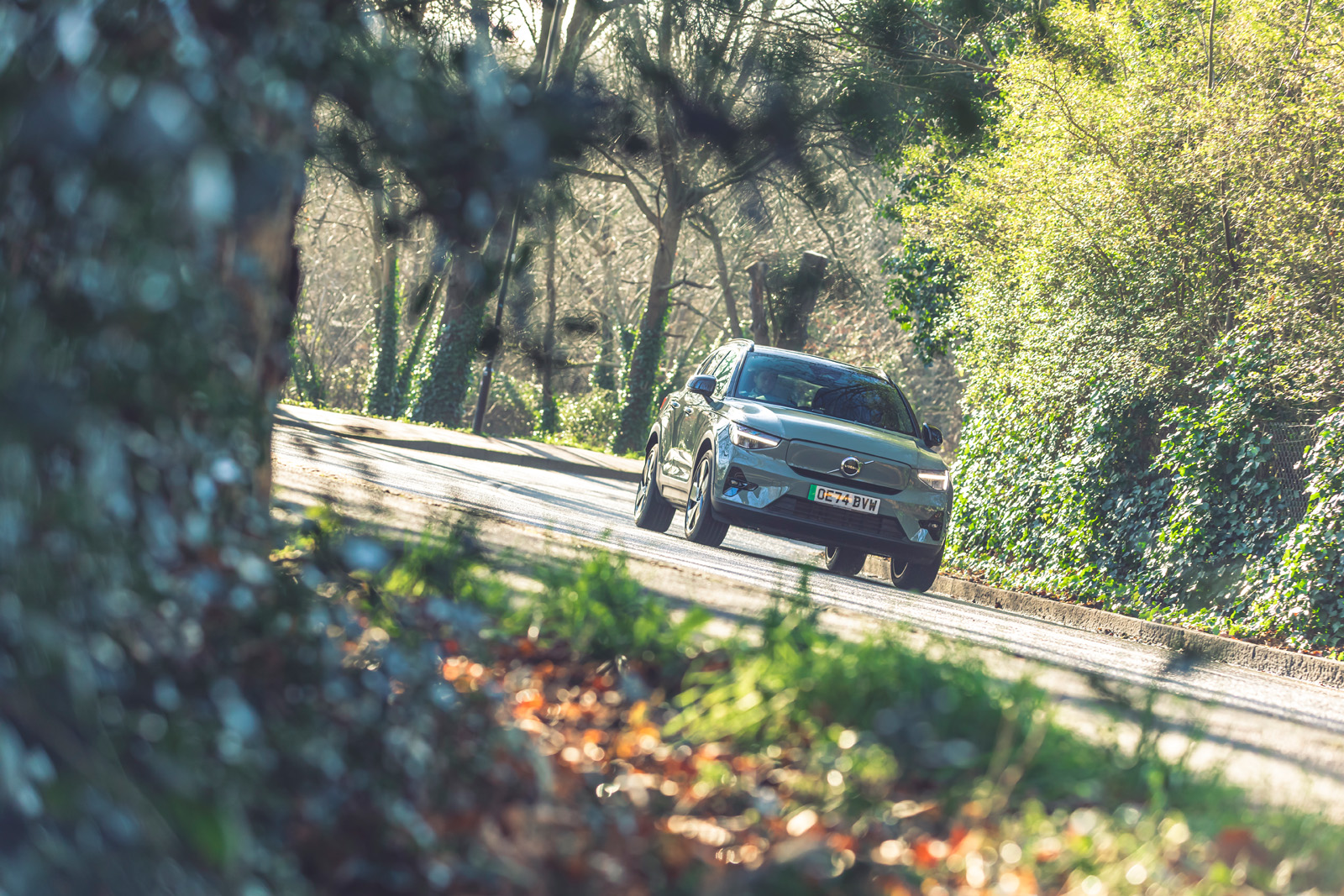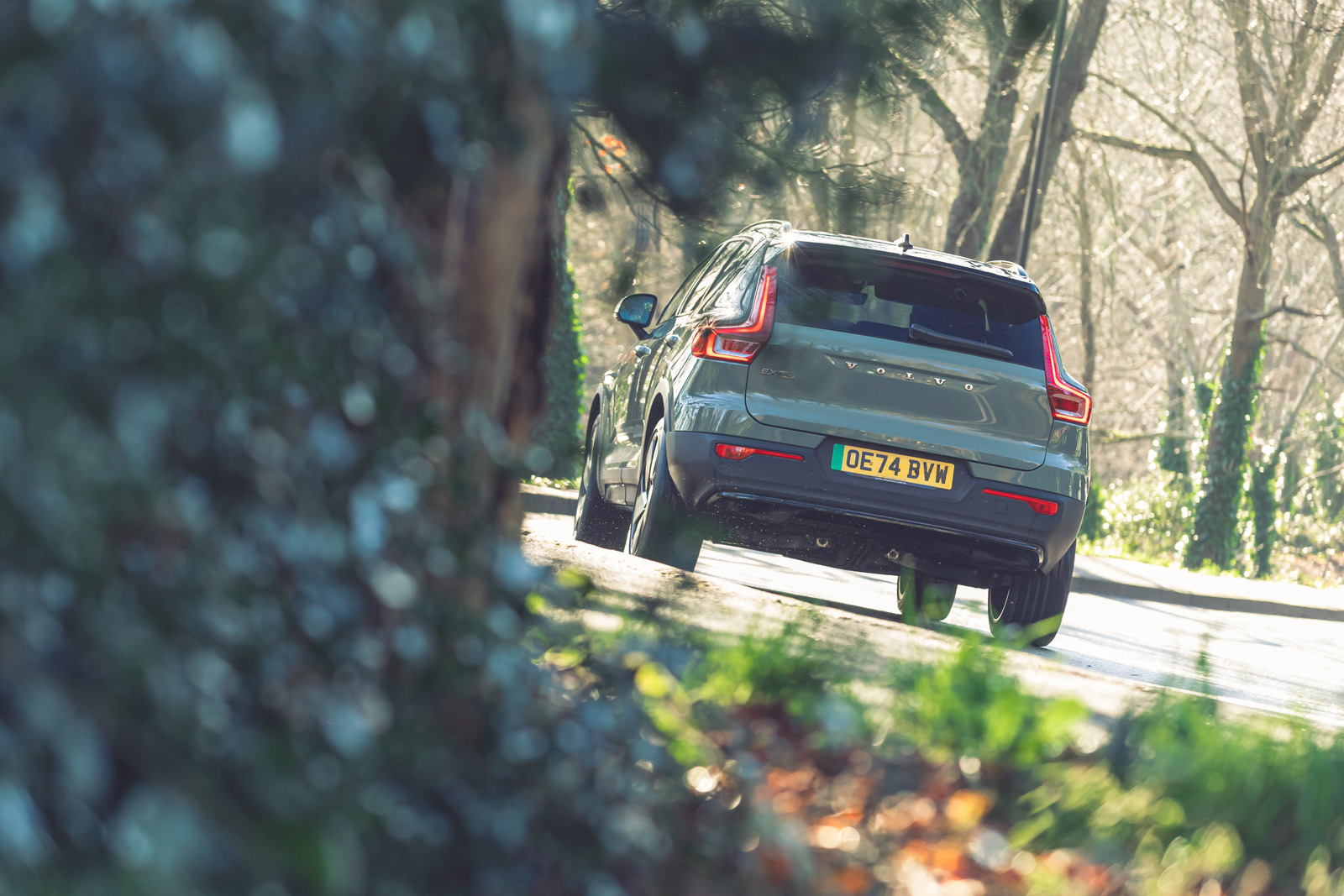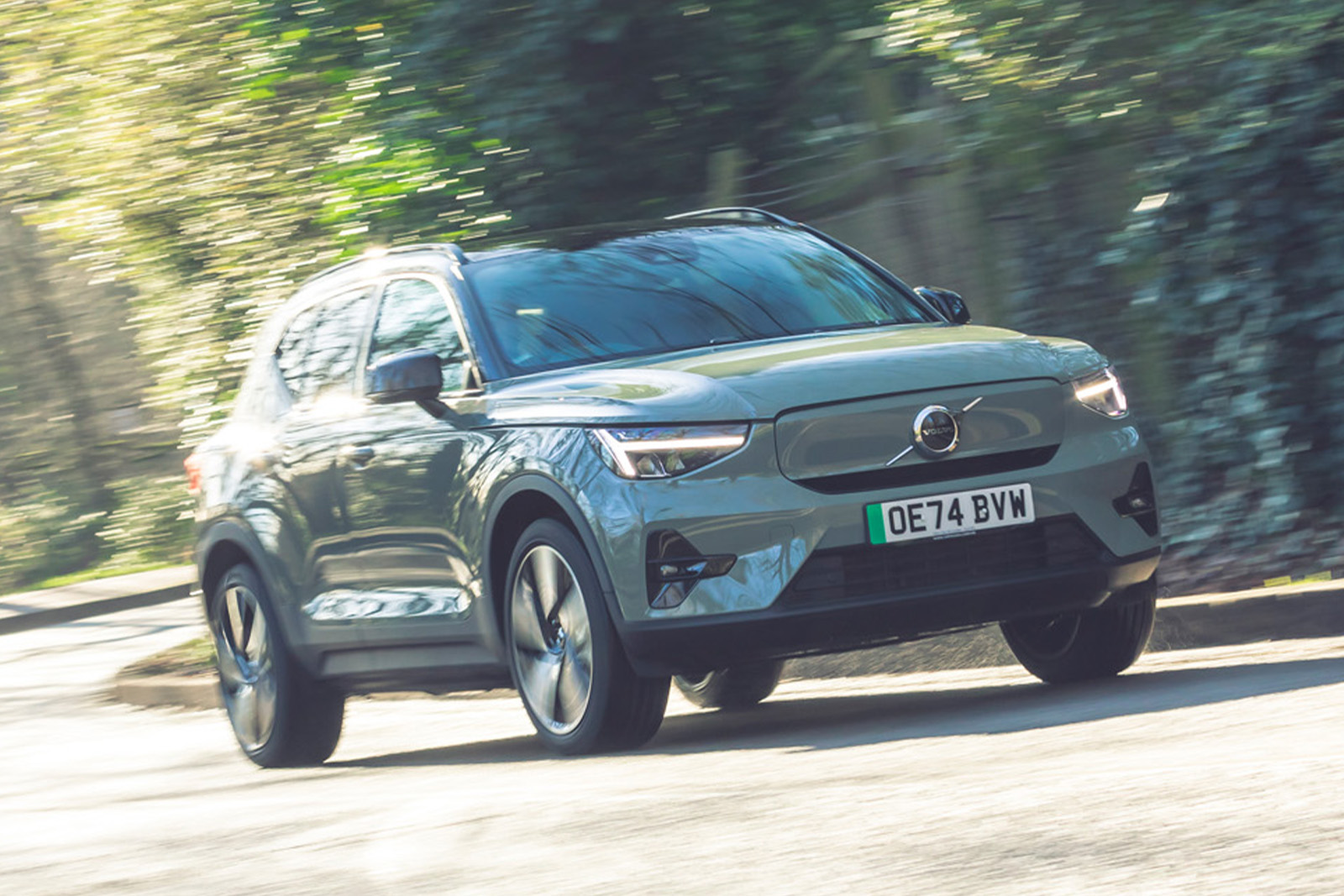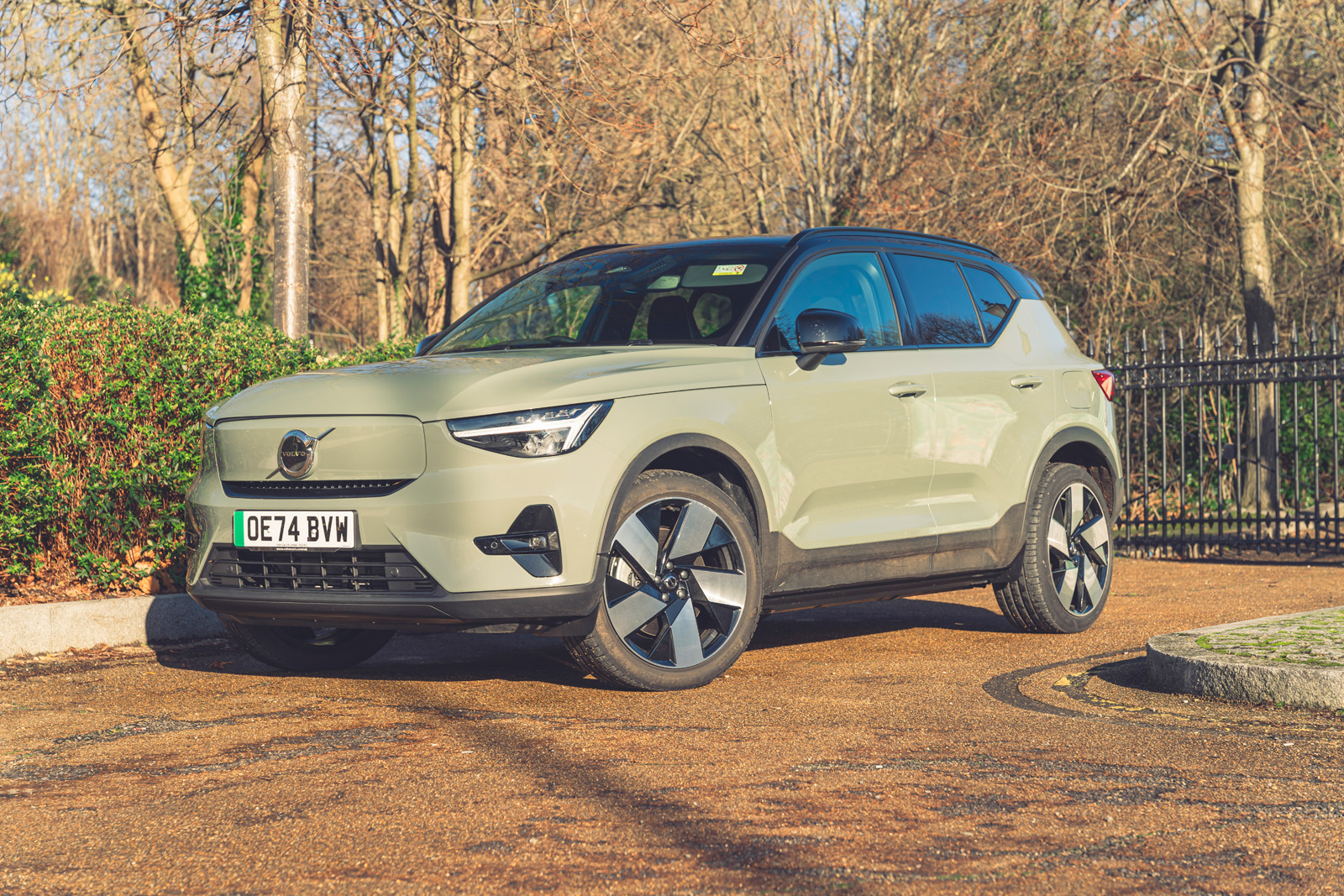They’ve rebadged it, you fool! This Partridgism was originally shouted about the Rover 100, but we’re using it here to explain the new Volvo EX40.
This is in fact virtually mechanically identical to the electric version of the Volvo XC40, the XC40 Recharge.
The name change brings it in line with the rest of Volvo’s electric SUV range. It now sits above the EX30 compact crossover and below the Volvo EX90 seven-seat SUV.
The ‘Recharge’ tag has been binned; the XC40 moniker will survive purely for the petrols.
That aside, there are few visible changes to this premium-feeling SUV - but as we will get onto later, that's no bad thing.
Volvo EX40 range at a glance
Beneath the metal, the EX40 gets a more efficient battery setup. The range opens with a single-motor, rear-wheel-drive variant with a 69kWh battery with a 66kWh usable capacity. It offers a range of 296 miles.
The Extended Range model gets a larger 82kWh battery with a usable capacity of 79kWh. Volvo claims you'll get 348 miles of range from a single charge.
The intensely powerful Twin Motor also uses the larger 82kWh battery but gains the Performance Pack and a second motor for four-wheel drive. It tops the line-up with 331 miles of range and 408bhp.
| Version | Power |
|---|---|
| RWD Single Motor | 235bhp |
| RWD Extended Range | 252bhp |
| AWD Twin Motor | 408bhp |
The EX40’s rivals are the same as the old XC40 Recharge's, too. The Skoda Enyaq shares the EX40’s straight-laced demeanour, the BMW iX1 is perhaps aiming for a slightly younger audience, the Hyundai Ioniq 5 is a lot zanier and the Tesla Model Y is thoroughly different throughout.




